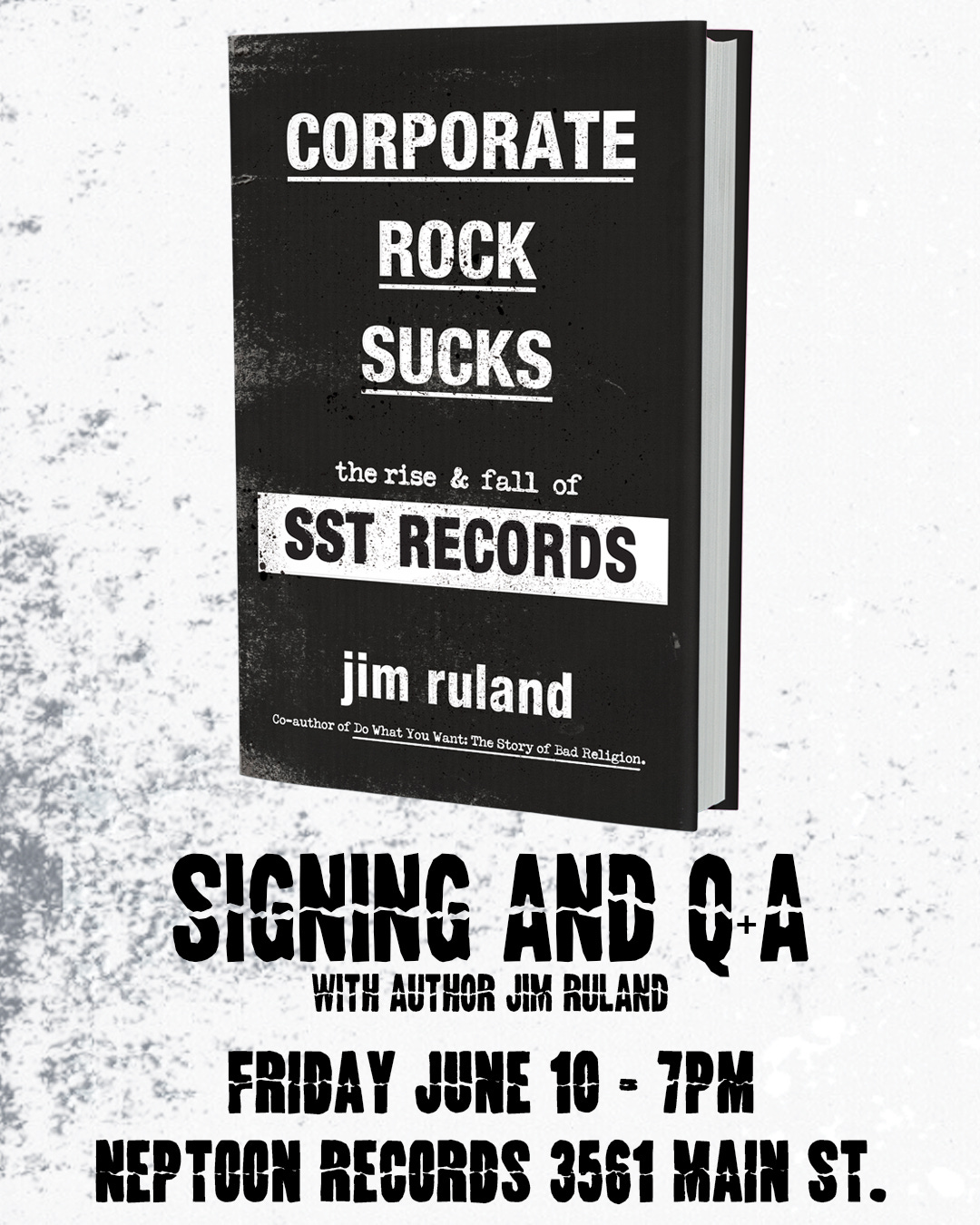Greetings from Vancouver! I’m writing from a guest suite high above the campus of the University of British Columbia. I’m here for a story I’m writing about International Pynchon Week 2022, the annual conference for Thomas Pynchon scholars.
Who is Thomas Pynchon and why should you care? Thomas Pynchon is one of the major figures of American postmodernism. His novels resist easy categorization because they occupy so much territory—historical, geographical, cultural—and feature a large cast of characters with ridiculous names. Although they are sprawling and encyclopedic, his narratives are somewhat conventional with plots, sub-plots and sub-sub-plots (kind of like soap operas but without the melodrama). He’s wickedly funny and wildly profane—sometimes shockingly so.
He’s also a total enigma. He isn’t on the Internet. Doesn’t give interviews. And is something of a recluse. We know more about early years of Pynchon’s life than his day-to-day activities during his long and storied publishing career. Part of the charm of being a Thomas Pynchon fan is the knowledge that you may have sat next to him on the subway or stood behind him in line at a coffee shop and not known it.
Pynchon entered my consciousness sometime in college. His first novel V. was recommended to me by my advisor because Pynchon, like me, had served as a sailor in the Navy. Even though the opening pages are full of nautical nomenclature and Navy humor, I couldn’t get much further than the opening pages. V. felt too much like homework and gathered dust on my bookshelf.
The summer after I graduated from college and before I moved to Los Angeles, I read Gravity’s Rainbow, which is regarded as Pynchon’s magnum opus. It’s a big book about the aftermath of World War II whose reputation sits somewhere between Ulysses and Infinite Jest. I don’t know what made me think I could handle it when I never go through V. It was a bit like skipping algebra and going right to advanced calculus, but reading Gravity’s Rainbow was my indoctrination to the cult of Pynchon.
Shortly before the end of the 20th century I moved to Manhattan Beach and my perspective of Pynchon irrevocably changed when I learned that I lived just a few hundred steps from the apartment where Pynchon lived when he wrote much of Gravity’s Rainbow. In fact, Manhattan Beach bore a striking resemblance to the fictional town of Gordita Beach that Pynchon writes about first in Vineland (1997) and again in much greater detail in Inherent Vice (2009). Clearly Pynchon’s time in the South Bay was important to him.
It was important to me too. As I’ve mentioned in several interviews and podcasts, my time in the South Bay was what gave me the courage to tackle Corporate Rock Sucks. When I talked to Keith Morris, Mugger, or Spot about the early days of Black Flag and SST in the South Bay, I could visualize those places because I’d been there.
I’ll have a lot more to say about the conference next week, but today I want to talk about three creative projects that serve as love letters to the South Bay.
Thomas Pynchon’s Inherent Vice
To prepare for the conference I listened to two of Pynchon’s shorter, more accessible novels: The Crying of Lot 49 and Inherent Vice. The Crying of Lot 49 tells the story of a young woman named Oedipa Maas who discovers an old lover has died when she is named the executor of his estate. Although her fling with Pierce Inverarity was short-lived, the real estate mogul left behind a tangled web of holdings that, Oedipa discovers, sits at the center of several conspiracies that includes a dispute between the warring factions of a centuries old alternative to the postal system that some critics believe predicted the emergence of email.
If The Crying of Lot 49 is like a detective story turned inside out, Inherent Vice is a more traditional Southern California noir that features the hippie private investigator Doc Sportello. Set in Gordita Beach during the early ’70s Doc is hired by his ex-girlfriend to look into a plot to kidnap her new boyfriend, real estate mogul Mickey Wolfmann. Things go awry when Wolfman disappears and his girlfriend disappear. What makes the audio book so engaging is actor Ron McLarty’s portrayal as a cross between Tommy Chong, Big Lebowski’s The Dude, and Pynchon himself. Inherent Vice is a must read for anyone who’s ever loved the South Bay—there’s even a reference to Mira Costa where so many figures in the SST universe went to high school.
Here’s Thomas Pynchon discussing the book as only he can in this trailer that ran when the book came out.
Jim Gavin’s Lodge 49
A friend (Hi Dave!) has been trying to get me to watch Lodge 49 for forever but I didn’t have a Hulu account. When I learned that the creator of the show, Long Beach native Jim Gavin, was going to be giving a presentation at the conference, I finally watched it and was bowled over by the story. Sean “Dud” Dudley is in a bit of a tailspin. Ever since his father died a year ago, he’s struggled to get his footing. When he stumbles upon a semi-secret fraternal organization known as the Order of the Lynx, he becomes convinced that Lodge 49 will turn his life around. However, the lodge’s connection to a shadowy real estate mogul known only as The Captain threatens to bring the whole thing down.
Clearly, Lodge 49 is in conversation with The Crying of Lot 49 and Dud sits on the SoCal surfer-stoner continuum somewhere between Jeff Spicolli and Doc Sportello, but is much more earnest. There’s also an SST connection though it’s very faint: one of the characters in Lodge 49 shows off a scar he got while battling skinheads at the Cuckoo’s Nest, as Black Flag obsessives know is where Henry Rollins made his official debut with the band. While Lodge 49 is its own weird and wonderful thing, it’s also a profound meditation on grief that I can’t recommend enough.
You’ll Like It Here by Ashton Politanoff
This week I tore through a book by Redondo Beach resident Ashton Politanoff. You’ll Like It Here is difficult to classify in terms of genre but I found it hugely compelling. Politanoff combed through archives of South Bay newspapers and first-person accounts of life in and around Redondo Beach approximately 100 years ago and culled the most arresting news items. He then repurposed these texts to create a series of short, epigrammatic stories that read like prose poems. Life in the South Bay circa 1900-1920 was very different obviously, but the many references to the influenza outbreak create an eerie echo to our own times. I was struck by the number of shark attacks, accidents with firearms, and suicides. Back then the red car went all the way to the beach cities and it was possible for a distraught Angeleno to take a car to the end of the line—literally. Politanoff’s love letter to the South Bay comes out later this summer, but you can preorder it now.
Slaughterhouse / Fun Factory / 2021
Anna the Intern is back with her second piece for Message from the Underworld…
Slaughterhouse’s Fun Factory has a nostalgic sound, yet brings a new and intriguing feel to the table. The first song on the album, “TV Age,” shows off the driving bass lines that are backed up by fast-paced drums. The spooky, echoey guitar gives off goth-punk vibes and complements the powerful vocals. The band started around 2018 in Los Angeles, South Bay. Eddie Cairn, the bassist, went to many Pennywise shows with his dad when he was young. This led to Eddie having a relationship with Fletcher Dragge, guitarist for Pennywise. This closeness and the fact that Dragge was keeping tabs on the band, led to Slaughterhouse opening for Pennywise on tour in late 2019. The band's popularity grew from there. Slaughterhouse got to work on their first full-length album, Fun Factory, produced by Fletcher Dragge and Patrick Burkholder sometime in 2020. Work on the album was put on hold due to the pandemic, but on August 3, 2021, Fun Factory was finally released by Recess Records/Water Under the Bridge Records. After the record came out, Slaughterhouse got to go on many tours, headline shows, and open for bands like Bad Religion, Dead Kennedys, and Joyce Manor. Slaughterhouse has that edgy sound of bands we have seen before but isn’t repeating the past.
Corporate Rock Sucks Links
A surprising number of articles about the book have appeared this week. I’m grateful to Brad Cohan for using our conversation about the book as a pretext to explore some deep cuts in the SST catalog for Tidal Magazine.
I enjoyed Jamie Pina’s piece for the Punk Globe as well as these reviews in Ground Control Magazine and Dagger Zine.
Also, a shout out is due to newly appointed Creem columnist Tony Rettman for letting me know a review recently ran in the UK publication The Wire. (Unfortunately the review isn’t available online.)
Lastly, if you’re in Vancouver this week, come see me at Neptoon Records on Friday!






Have not read Pynchon's novel or seen the film but am curious of your perspective on Paul Thomas Anderson's adaptation if you've seen it.